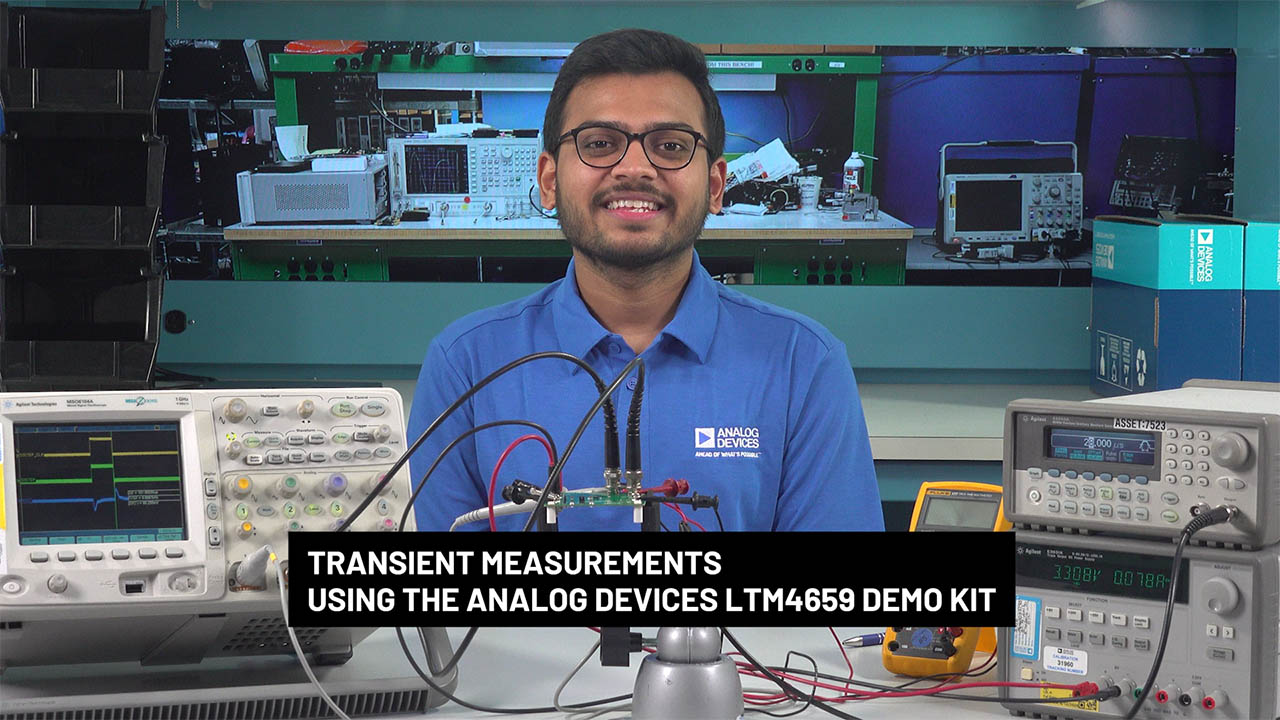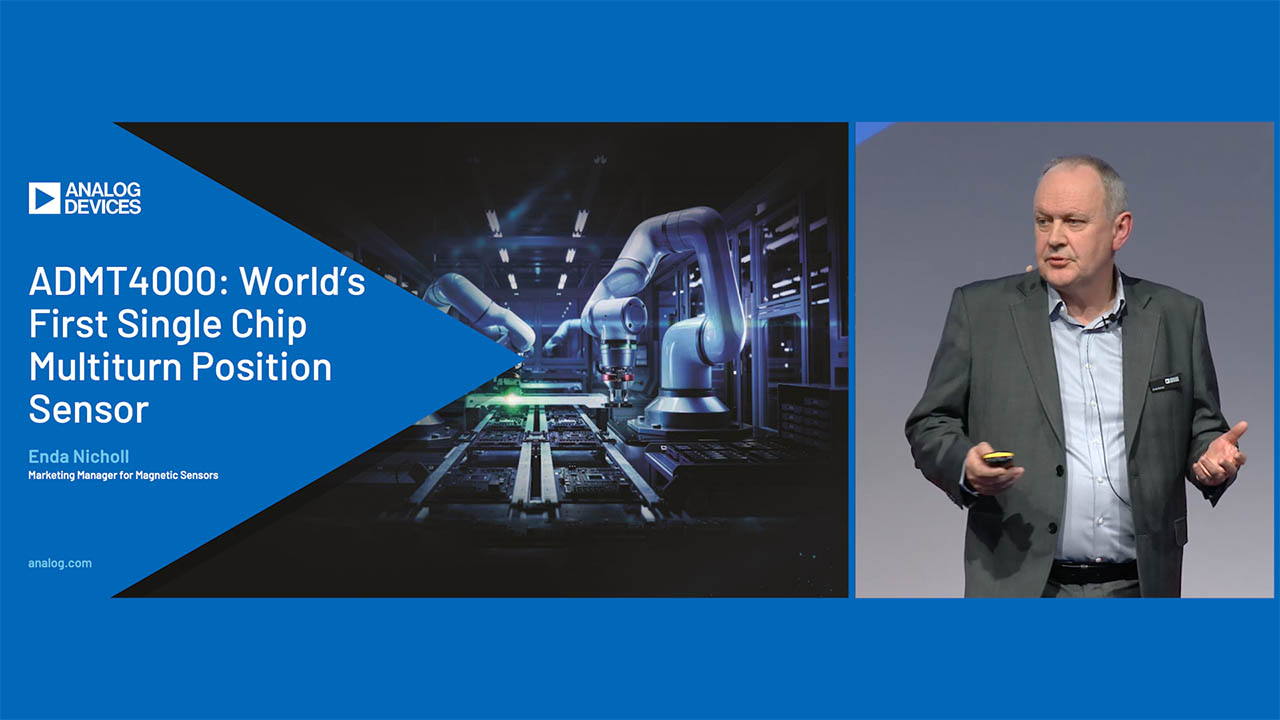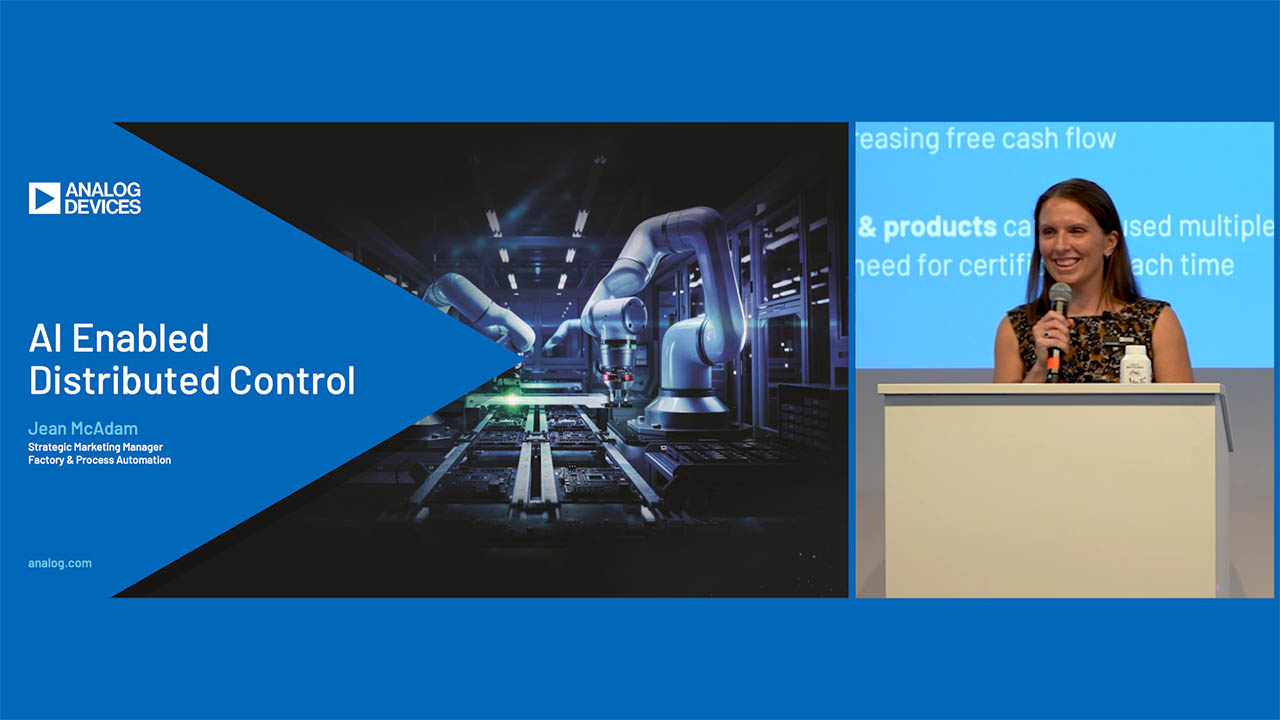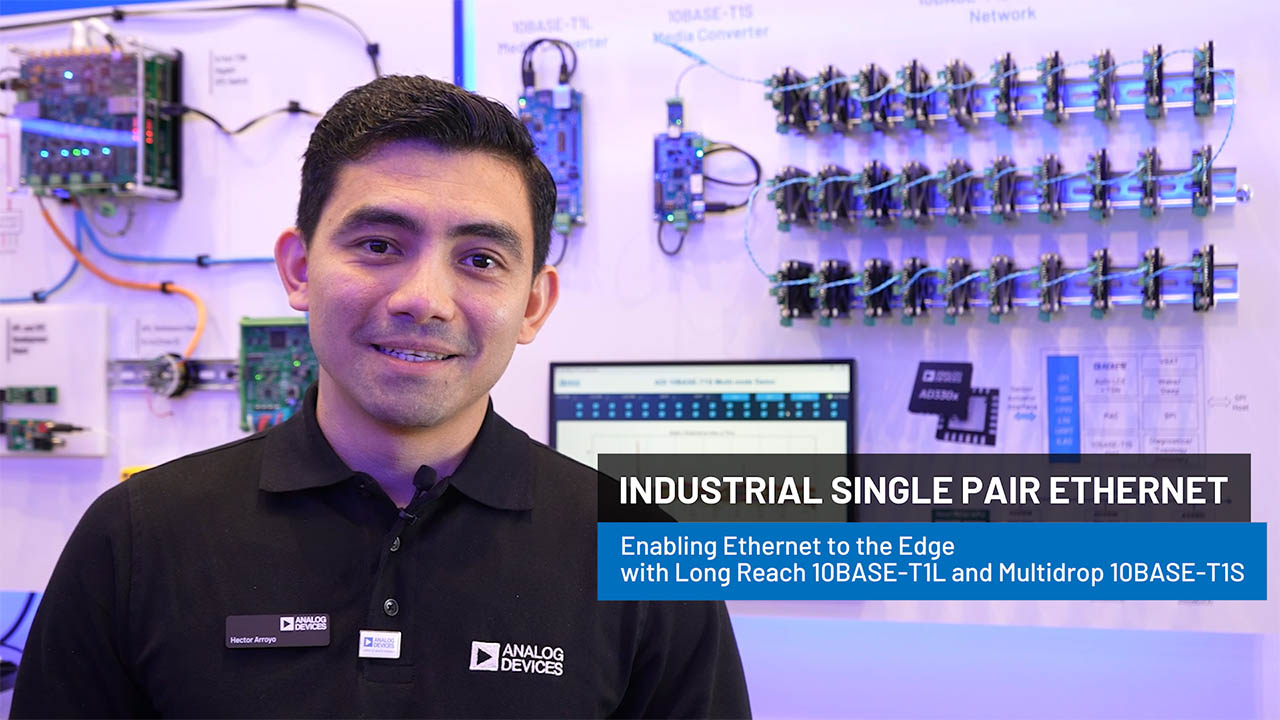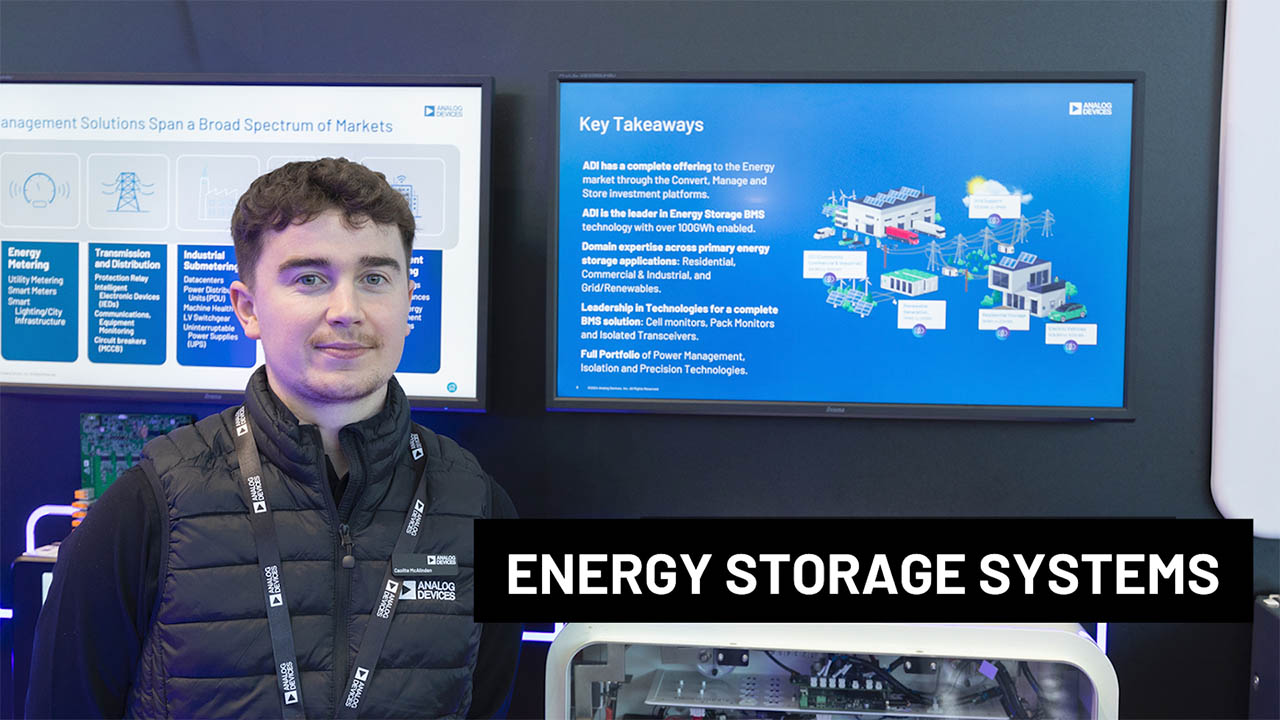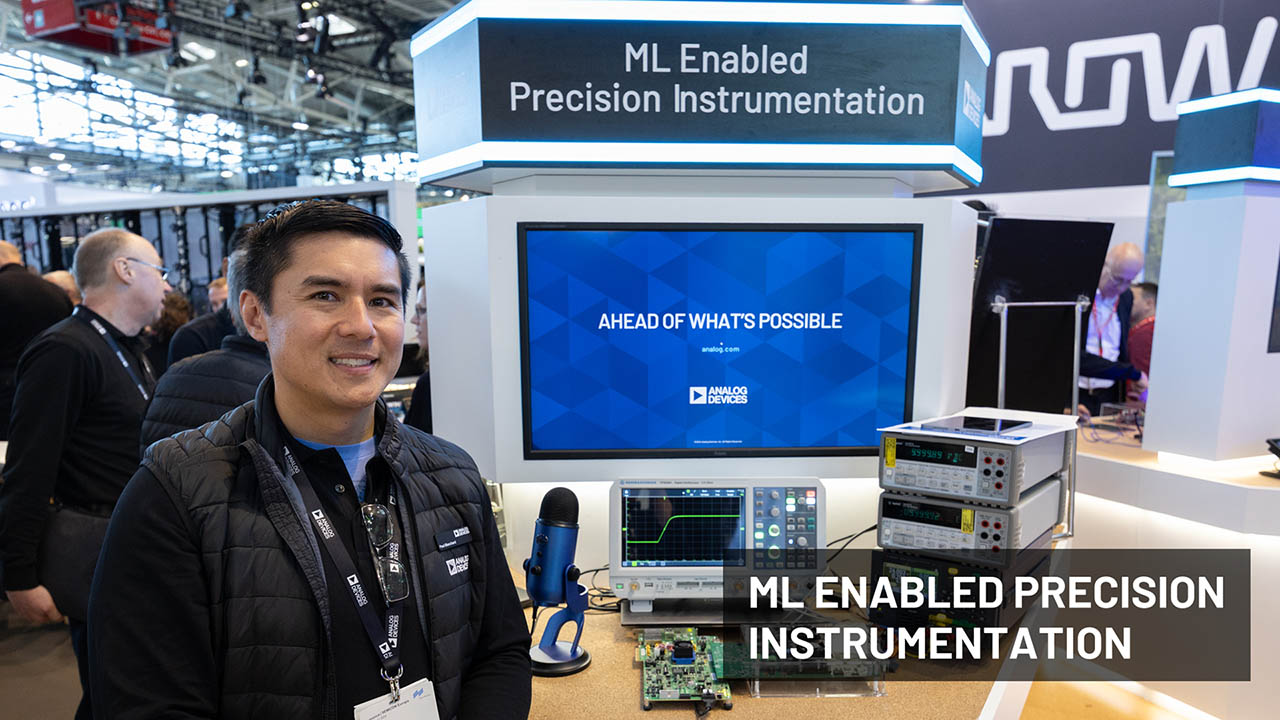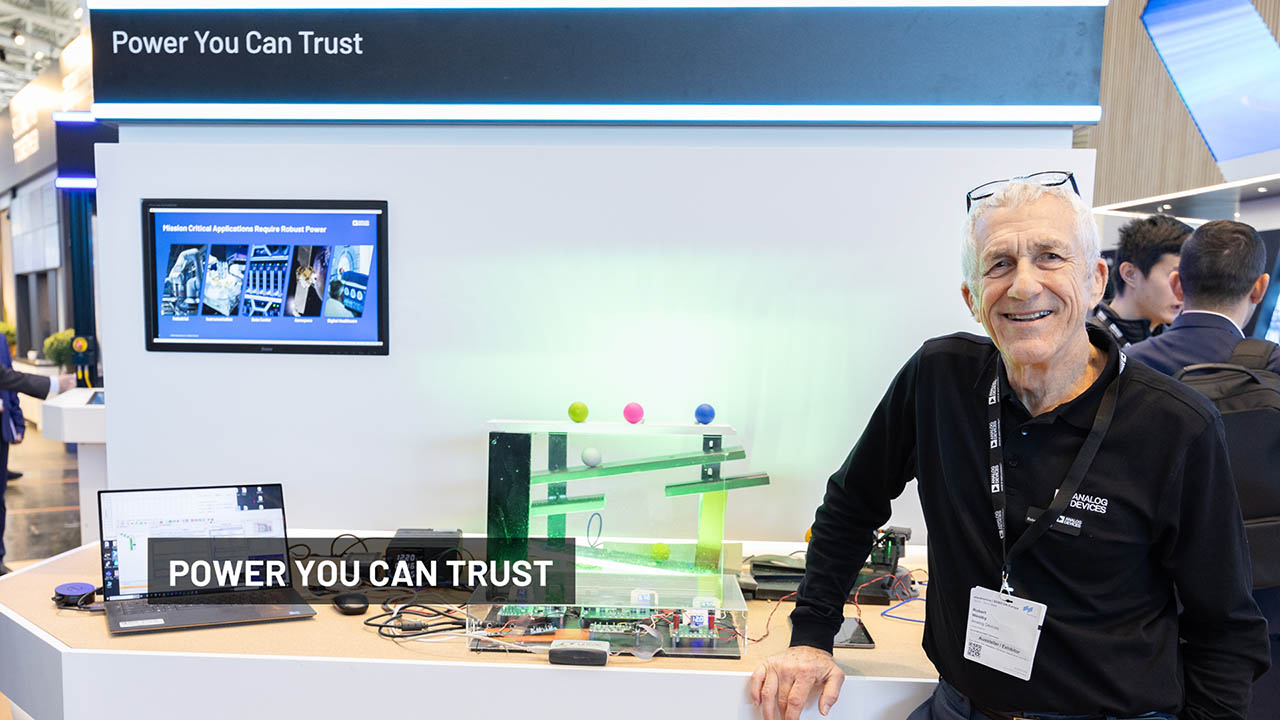Passive Mixers Increase Gain and Decrease Noise When Compared to Active Mixers in Downconverter Applications
Passive Mixers Increase Gain and Decrease Noise When Compared to Active Mixers in Downconverter Applications
2010-10-01
The LTC554x family of passive downconverting mixers covers frequencies from 600MHz to 4GHz and delivers high conversion gain and low noise figure (NF) with high linearity. These mixers are targeted at wireless infrastructure receivers that require a high gain mixer to overcome the high insertion loss of today’s high selectivity IF SAW filters. While legacy passive mixers typically have 7dB of conversion loss, the new LTC554x mixers have integrated IF amplifiers, as shown in Figure 1, which produce 8dB of overall conversion gain. This allows an additional 15dB of IF filter loss, while still enabling the receiver to meet sensitivity and spurious-free dynamic range requirements.

Figure 1. LTC554x passive mixer in a receiver application.
Active Versus Passive Mixers
Most integrated-circuit mixers are based on an active or current-commutating topology. Analog Devices has a wide portfolio of active mixers, such as the LT5527 and LT5557, which are widely accepted due to their ease of use and low power consumption. Nevertheless, their 2dB–3dB of conversion gain is not enough for some wireless infrastructure designs. Furthermore, active mixers typically exhibit higher NF than passive mixers at comparable linearity. LTC554x mixers employ a passive mixer core to achieve the lowest NF with high linearity. Table 1 compares the performance of the LTC5541 passive mixer to the LT5557 active mixer. As shown in the table, the passive mixer has approximately 5dB higher gain, 2dB lower NF and 1.7dB higher IIP3. The LT5557, though, has much lower DC power consumption.
| Part | Gain (dB) | NF (dB) | IIP3 (dBm) | Input P1dB (dBm) | DC Power (mW) |
| LTC5541 (passive) | 7.8 | 9.6 | 26.4 | 11.3 | 630 |
| LT5557 (active) | 2.9 | 11.7 | 24.7 | 8.8 | 270 |
Large-Signal Noise Figure
Another important mixer performance parameter is large-signal noise figure. As in an amplifier, the NF of a mixer is the ratio of the input S/N to the output S/N. All mixers suffer from increased NF when driven with high level RF signals. This phenomenon is also referred to as “noise figure under blocking” in receiver applications, where the “blocking” signal is a high amplitude signal in an adjacent channel. Elevated noise figure occurs because the mixer’s output noise floor is proportional to the RF input amplitude multiplied by the LO path noise (ARF • NLO).
There are many times when a receiver needs to detect a weak signal in the presence of strong blocker. If the blocker causes the noise floor to rise sufficiently, then the desired weak signal could be lost in the noise. Figure 2 shows NF vs RF input power for the LTC5540. The NF approaches the small-signal value at low input levels, but as the RF signal power is increased, the ARF • NLO contribution becomes dominant, and the NF increases. With a high RF input level of +5dBm, and a nominal LO power of 0dBm, the NF increases only 6dB from the small-signal value, to 16.2dB. It is also apparent from the graph that the large-signal noise improves with higher LO power level, thus even better performance can be realized if necessary.

Figure 2. LTC5540 noise figure vs RF blocker level.
While elevation of the noise figure cannot be totally eliminated, performance can be improved through careful design. All of the parts in the LTC554x family exhibit excellent large-signal noise figure behavior, as shown in Table 2.
| Part | RF Frequency (MHz) | LO Injection | Small-Signal NF (dB) | Large-Signal NF (dB) |
| LTC5540 | 900 | High-Side | 9.9 | 16.2 |
| LTC5541 | 1950 | Low-Side | 9.6 | 16.0 |
| LTC5542 | 2400 | Low-Side | 9.9 | 17.3 |
| LTC5543 | 2500 | High-Side | 10.2 | 17.5 |
Calculated Performance Comparison in a Receiver Chain
The benefits of these new passive mixers are demonstrated in the following receiver chain analysis. A typical, single-conversion basestation receiver line-up is shown in Figure 3 and is used to compare the overall system performance when the LT5557 active mixer is used to the same receiver using the new LTC5541 passive mixer. The LTC6400-26 IF amplifier, with 26dB of gain, is used with the 5557-based line-up, and LTC6400-20, with 20dB of gain, is used with the 5541-based line-up. This keeps the overall receiver gain nearly the same for both cases. A high selectivity SAW filter is used at the mixer’s output in each case, as required by the high performance basestation. As shown in Figure 3, the receiver line-up using the LTC5541 passive mixer has 0.76dB lower NF and 1.6dB higher IIP3. This results in higher signal-to-noise ratio (SNR) and spurious-free dynamic range (SFDR) for the 5541-based receiver.

Figure 3. Typical wireless basestation receiver line-up comparison of a LT5557-based receiver and a LTC5541-based receiver.
Measured Performance Comparison in a Transmitter DPD Application
In its simplest form, a single-conversion digital receiver consists of a downconverting mixer, a lowpass or bandpass filter, and an analog-to-digital converter (ADC). This type of receiver can be used as a digital pre-distortion (DPD) receiver in high linearity basestation transmitters. In this application, the most important performance parameters are linearity, gain flatness, wide IF bandwidth and, of course, simplicity. Unlike the receiver application described earlier, NF is not critical in DPD applications due to the high amplitude signal coupled from the transmitter output. The LTC554x mixers are ideal candidates for use in DPD receiver applications due to their high linearity, high conversion gain and flat IF output response versus frequency.
A prototype DPD receiver using the LTC5541 is shown in Figure 4. This receiver was built and tested for a 1.95GHz application with a wideband IF of 185 ± 60MHz.

Figure 4. Prototype DPD receiver block diagram.
For comparison, another receiver was built using the LT5557 active mixer. The 5557-based DPD receiver required an external IF amplifier preceding the bandpass filter to make up for the 5dB lower gain of the active mixer. The primary advantage of the LTC5541 is that it eliminates the need for this IF amplifier. Furthermore, as summarized in Table 3, the 5541-based DPD receiver delivered a higher SNR, higher IIP3 and lower harmonic distortion.
| Mixer | 0.5dB IF BW | Input Level at −1dBFS | SNR at −1dBFS | HD2 at−7dBFS | IM3 at−7dBFS |
| LTC5541 | 126MHz | −0.6dBm | 63.4dB (120MHz) | −54.5dBc @ 123MHz −78.2dBc @ 184MHz −69.5dBc @ 243MHz |
−64.8dBc |
| LT5557 | 130MHz | −1.8dBm | 62.8dB (120MHz) | −52.4dBc @ 123MHz −63.1dBc @ 184MHz −67.4dBc @ 243MHz |
−58.0dBc |
Conclusion
The new LTC554x family of passive downconverting mixers delivers the high performance that is needed for today’s wireless infrastructure receivers. The mixers’ combination of high conversion gain, low NF, excellent NF under blocking and high linearity can improve overall system signal-to-noise ratio and SFDR. The excellent performance also contributes to improved DPD receiver performance while the 600MHz to 4GHz frequency coverage of the LTC554x family makes them useful in a wide variety of receiver applications.
关于作者
Doug Stuetzle是凌力尔特公司高级模拟应用工程师。他于2003年加入该公司,为RF产品线中的有源混频器、解调器和检波器提供应用支持。他还设计并支持LTM9003、LTM9004、LTM9005和LTM9013 RF至数字接收器模块。这些模块设计用于满足各种数字通信标准的复杂要求,包括电路设计的各个方面,从GHz范围RF到中频,低至数字化输出位流。
现在他为各种SAR和Σ-Δ模数转换器提供应用支持。他的工作...
现在他为各种SAR和Σ-Δ模数转换器提供应用支持。他的工作...
关联至此文章
{{modalTitle}}
{{modalDescription}}
{{dropdownTitle}}
- {{defaultSelectedText}} {{#each projectNames}}
- {{name}} {{/each}} {{#if newProjectText}}
-
{{newProjectText}}
{{/if}}
{{newProjectTitle}}
{{projectNameErrorText}}





